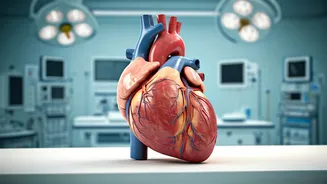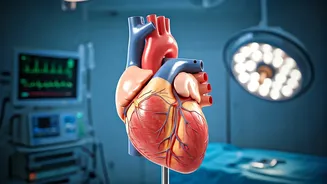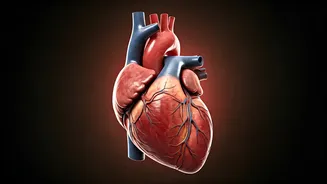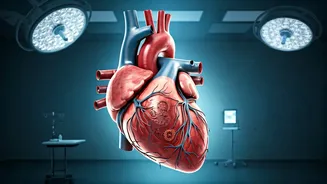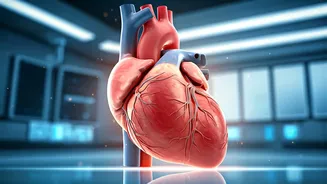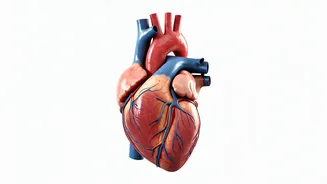What Is Cardiac Rehab?
Cardiac rehabilitation, often called cardiac rehab, is a medically supervised program specifically designed for individuals recovering from heart conditions
or procedures. This program takes a holistic approach, focusing on physical, psychological, and lifestyle aspects of recovery. It is a comprehensive plan usually overseen by a multidisciplinary team. The aim is to help patients regain their strength, improve their cardiovascular health, and reduce their risk of future cardiac events. The program typically includes exercise training, education about heart-healthy living, and counseling to address emotional and psychological needs. Cardiac rehab is not just about physical exercises; it is a complete recovery plan that helps patients manage their condition and lead a fuller life post-heart attack.
Components of Program
The core of cardiac rehabilitation involves a variety of key elements carefully crafted to optimize patient outcomes. Exercise training is a fundamental component, with patients participating in a tailored exercise regimen to enhance cardiovascular fitness. This can include activities like walking, cycling, or using exercise machines under the guidance of healthcare professionals. Education is a crucial aspect, providing patients with knowledge about heart-healthy diets, the importance of medication adherence, and ways to manage risk factors like high blood pressure, cholesterol, and diabetes. The program also incorporates counseling and support to address emotional issues such as anxiety and depression, which are common following a cardiac event. All these aspects work together to create a supportive environment to ensure a comprehensive recovery journey.
Benefits of Rehab
Participating in a cardiac rehabilitation program provides numerous benefits for heart patients. Studies show it can significantly improve cardiovascular health. Patients often experience reduced symptoms of heart disease, such as chest pain and shortness of breath. The program leads to enhanced exercise capacity, enabling individuals to participate in activities with greater ease. Moreover, cardiac rehab helps reduce the risk of future cardiac events, as it promotes lifestyle modifications that minimize the likelihood of recurrence. The psychological aspects of the program can also be transformative. Many patients report improvements in mood, a reduction in anxiety and depression, and an overall enhancement in their quality of life. The supportive environment fosters a sense of community, with patients sharing their experiences and encouraging each other through their recovery journey.
Lifestyle Changes Needed
Alongside the structured components of cardiac rehabilitation, lifestyle adjustments are important to sustain long-term heart health. A heart-healthy diet forms a cornerstone of these changes, emphasizing fruits, vegetables, lean proteins, and whole grains while limiting saturated and trans fats, cholesterol, and sodium. Regular exercise is crucial, with recommendations generally including at least 150 minutes of moderate-intensity or 75 minutes of vigorous-intensity aerobic exercise per week. Quitting smoking is paramount, as smoking damages blood vessels and increases the risk of heart disease. Managing stress through techniques like meditation, yoga, or spending time in nature is essential. Getting adequate sleep and maintaining a healthy weight can significantly improve heart health. By adopting these lifestyle changes, individuals can maximize the benefits of cardiac rehab and lead a healthier life.
Precautions to Take
While cardiac rehabilitation is immensely helpful, certain precautions must be taken to ensure safety and effectiveness. Patients should always consult their healthcare provider before starting any exercise program to ensure it is appropriate for their condition. It is essential to monitor for any symptoms during exercise, such as chest pain, dizziness, or excessive shortness of breath, and to immediately report any concerns to their healthcare team. Patients should be consistent with medication regimens as prescribed by their doctors. Furthermore, it is very important to attend all scheduled rehab sessions and to follow the guidance of healthcare professionals throughout the process. Patients must also be aware of any potential side effects of medications or treatments and report them to their healthcare provider promptly. By adhering to these precautions, patients can maximize the benefits of cardiac rehab and avoid potential complications, paving the way for a successful recovery.
